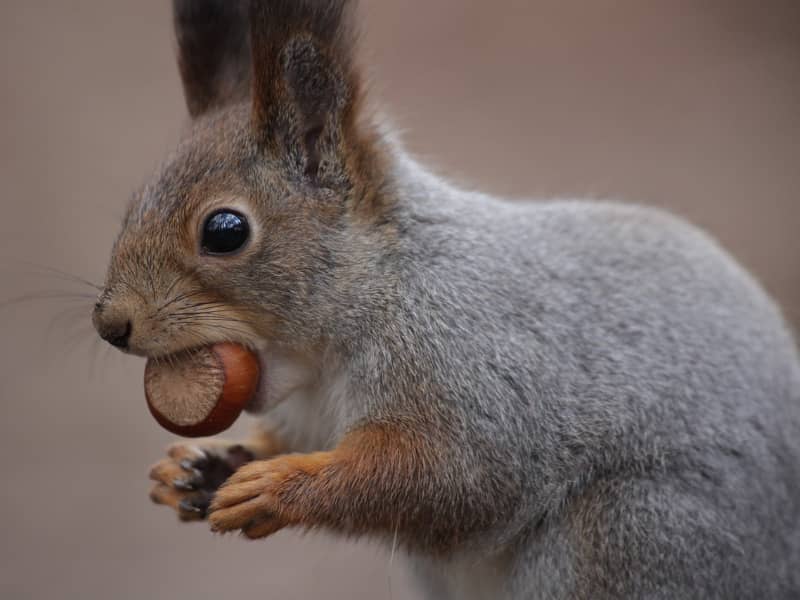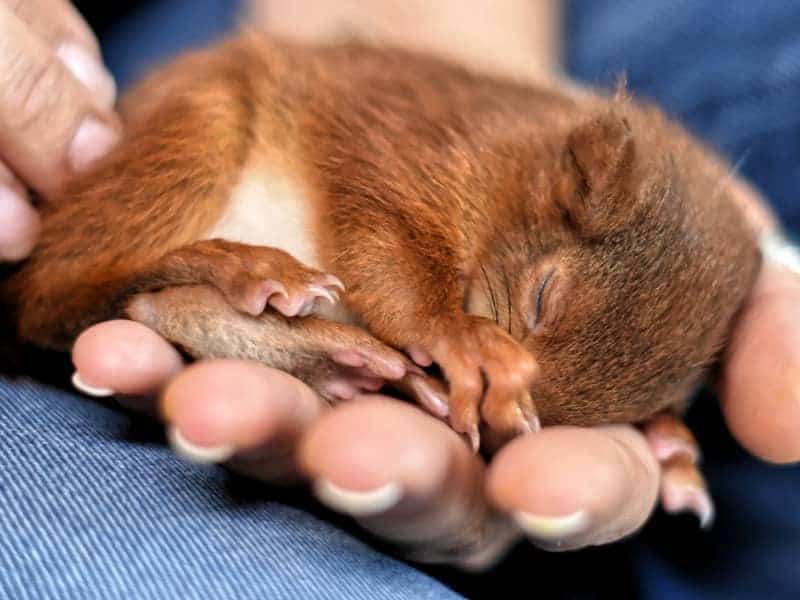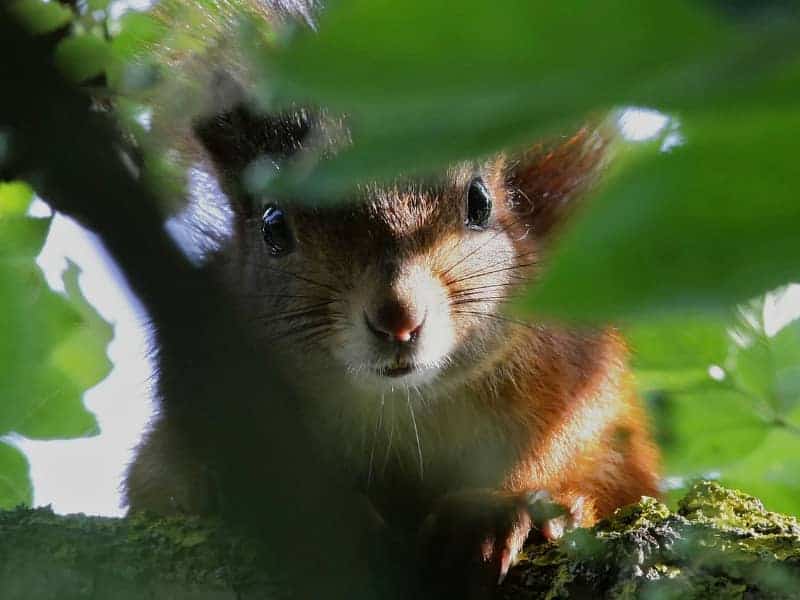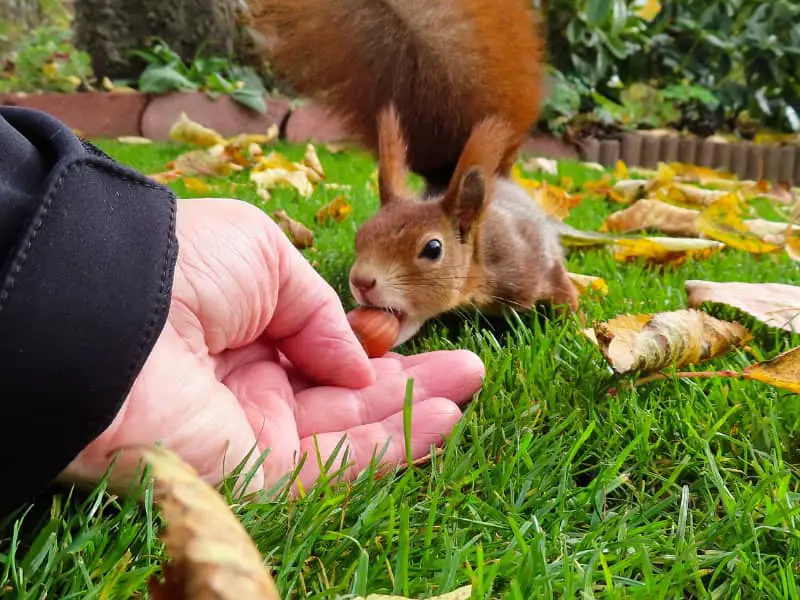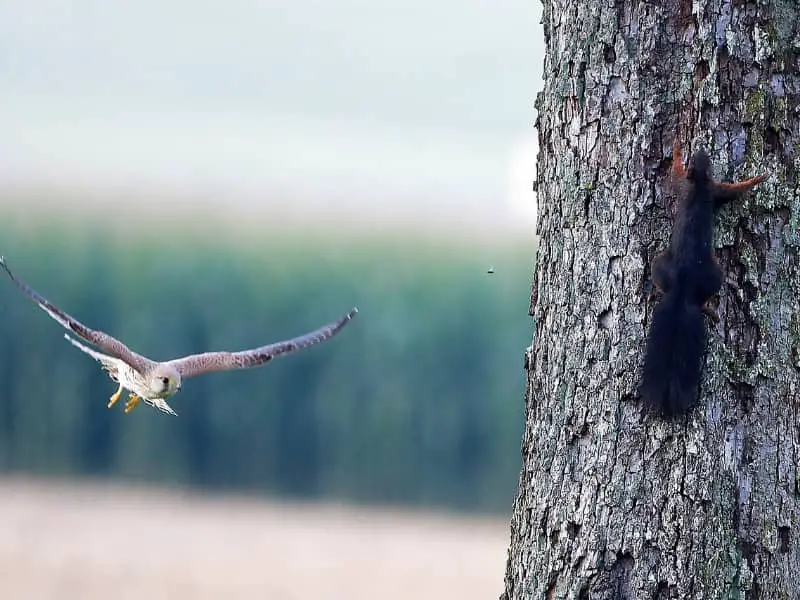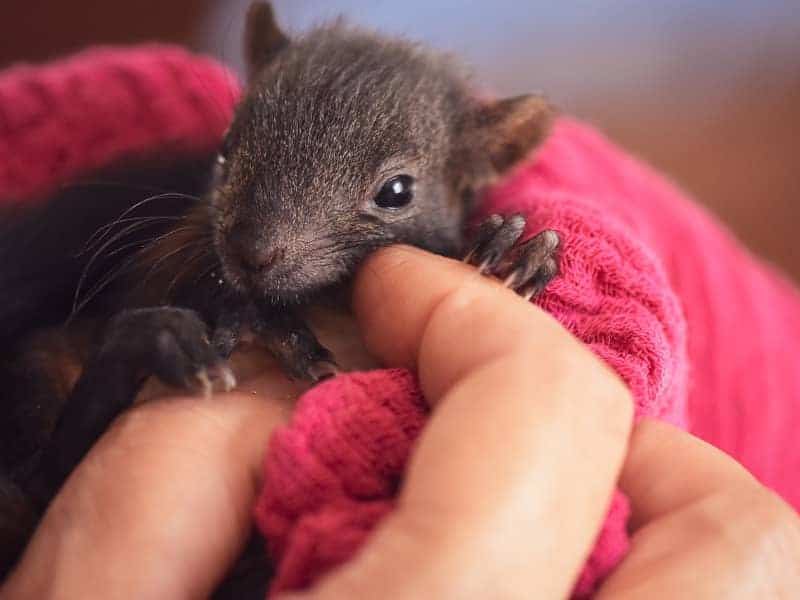
Squirrel diseases
It is often claimed that diseases can be transmitted by squirrels. This statement is not correct as a general rule. Basically, squirrels do not transmit diseases to humans, because they do not have rabies.
Infectious diseases squirrel
Some studies have shown that squirrels carry the leprosy pathogen. Even though leprosy is almost completely eradicated in Europe, the disease can be transmitted by squirrels. But you don't have to be afraid of every squirrel you see. For many centuries, leprosy has lain dormant as a disease in some British squirrels.
Can a squirrel get sick?
The Eurasian squirrel is one of our native species. It is little susceptible to colds or pneumonia.
Why can't a squirrel transmit disease?
Due to its small body size, hardly any squirrel survives the bite of a predator infected with rabies. Thus, the squirrel can not transmit this disease.
Can a squirrel get rabies?
In individual cases, rabies viruses have also been detected in a squirrel. However, according to the WHO, no case of rabies transmission to humans has been documented.
Sick squirrel due to parasites
In unfavorable cases, there may be a massive infestation of ectoparasites. These include fleas, mites, lice, hair lice, fly eggs, fly maggots and ticks. Such infestations can be fatal to the squirrel if the parasites are not removed immediately and the squirrel treated.
Leprosy germs - danger for humans?
With the help of various DANN studies, an international team of researchers found that squirrels can become infected with leprosy germs. These germs can be transmitted to humans. Two types of bacteria are involved.
In the latest studies, it was revealed that the bacterium Mycobacterium lepromatosis, a known leprosy causative agent is present in some squirrels from the United Kingdom. Almost simultaneously, researchers found that another pathogen, Mycobacterium leprae, was present in squirrels on Brownsea Island. Several DANN comparisons show that the bacteria in the animals may be related to a bacterial strain from the Middle Ages.
Over a 10-year period, researchers searched for dead squirrels in the British Isles. They were able to examine 110 animals with signs of leprosy infection. Leprosy symptoms were found in 13 of these animals. These included skin lesions, bald patches in the fur and swelling. Leprosy bacteria were detected in 34 animals.
However, the study cannot prove whether humans and squirrels infected each other with leprosy in the Middle Ages.
In Europe, such cases of disease are very rare. If they do, they only occur in people who have spent time in a high-risk country. These include India and Brazil. More than 150,000 people still contract leprosy there every year.
Does the white squirrel have a disease?
Most people think of white animals, such as squirrels, as an albino. However, most squirrels are not an albino. It would be an albino if it has red eyes. If the eyes are black, the squirrel has leucism.
What is albinism?
This is a congenital disease. There is a disorder in the formation of red, black or brown pigments. We are talking about melanins. These provide the coloring of skin, eyes, hair, feathers and fur. The disease affects not only animals, but also humans.
In nature, an albino animal does not have it easy. It cannot camouflage itself so easily, because by the white fur or plumage it is easy prey for other animals. They are usually avoided by conspecifics and thus very rarely find a partner.
What is leucism?
Animals with this disease are called false albinos or half-albinos. The eyes are blue instead of red. The cause is a gene defect (faulty genetic material), which is called leucism. In leucism, cells in the skin that produce the pigment are missing.
Author

-
Garden animal - A life with nature
Welcome to my animal blog! My name is Dirk and I am happy to take you on my journey through the fascinating world of animals and gardening.
Born 54 years ago, I have had an insatiable curiosity for the animal world around me since childhood. Although I have moved professionally in other industries, my true passion has always been animals and nature. It is remarkable how a small garden has become such an important part of my life.
Many of my fondest memories are associated with the animals that share our home. Whether it's the curious squirrels that scurry across the trees in the morning, the colorful variety of birds that visit our feeders, or the busy bees and butterflies that pollinate our flowers, every moment with them is invaluable to me.
This blog is my contribution to share my experiences, discoveries and insights with like-minded people. Here I will share stories of unforgettable encounters with animals, give tips on gardening and creating wildlife-friendly habitats, and take you on my journeys through nature.
Thank you so much for being here!
Cordial,
Dirk aka garden animal
Last posts
- 27. February 2024PetsVeganes Hundefutter – Grün und Gesund?
- 18. January 2024ChickensOregano für Hühner
- November 27, 2023HamsterDiurnal hamsters
- November 24, 2023HamsterHamster hammock

